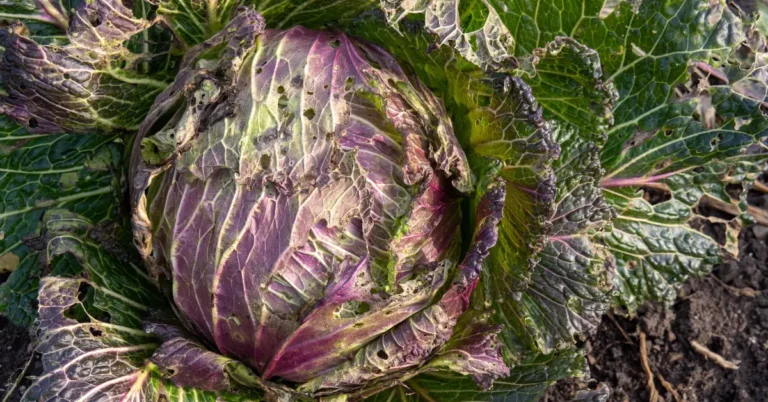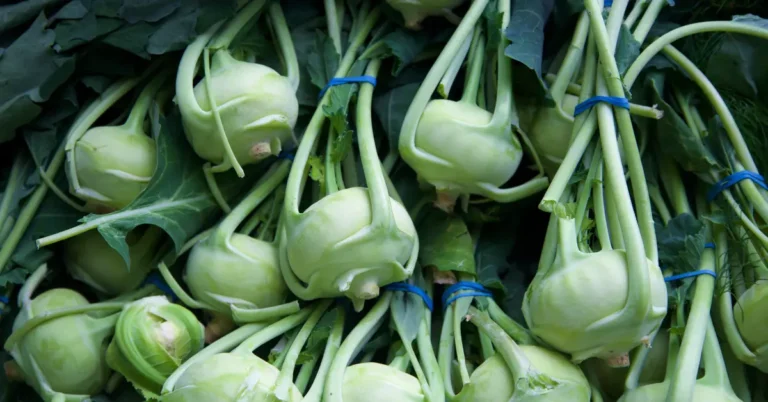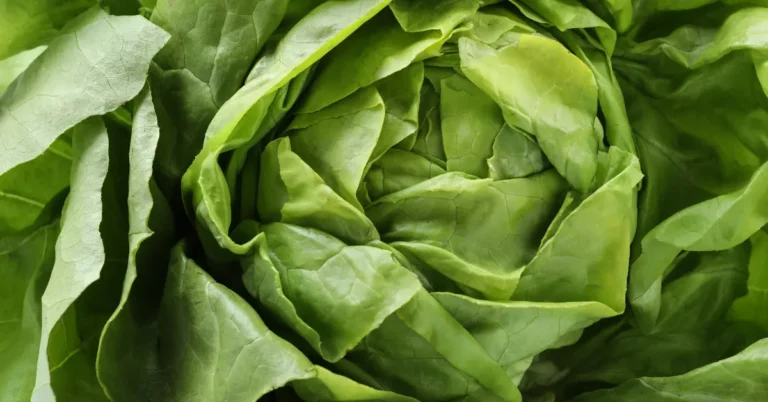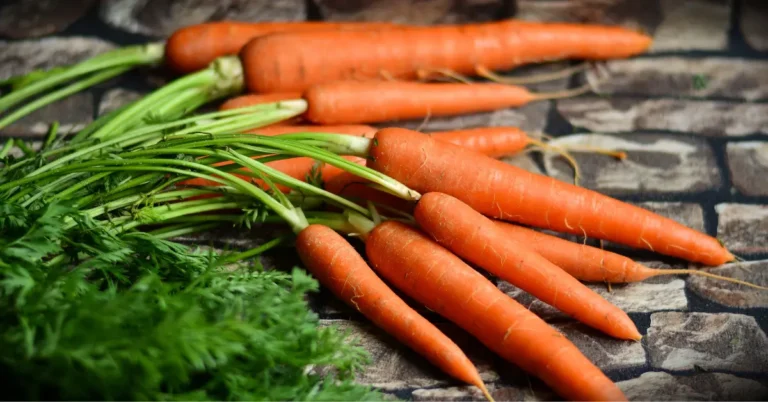Top 16 Nutrient-rich Green Vegetables
Did you know the world has more than 16 kinds of green vegetables? Spinach, broccoli, kale, and other green veggies are tasty and nutritious. These veggies will add color, taste, and health to smoothies and salads. Try different green vegetables to make your meals delicious and healthy.
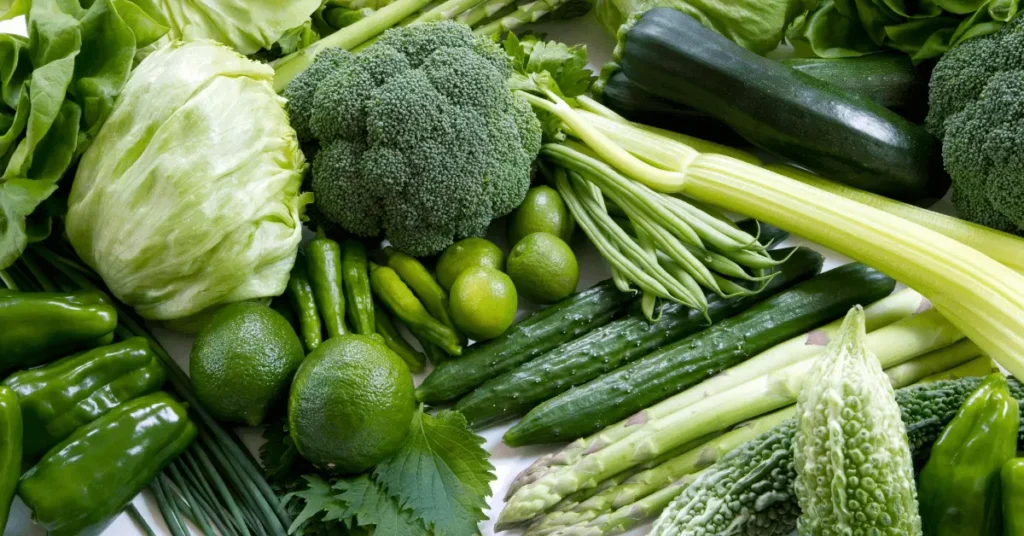
How do green vegetables get their color ?
Chlorophyll, a photosynthetic pigment, makes vegetables green. This process transforms sunlight into energy using chlorophyll. The leaves reflect a green wavelength, giving them a vibrant color. As a result, green vegetables are visually appealing and nutritious and aid in producing energy.
Types Of Green Vegetables:
Here are 16 of the most nutritious green vegetables to include in your diet.
1. Asparagus:
Asparagus is a spear-shaped, green vegetable whose flavor is specific and distinct. Asparagus is a healthful addition to many recipes due to its nutrients, minerals, and antioxidants. If you need to add a crunch and earthy flavor to salads and pasta, you could grill, roast, steam, or even add it to salads and soups. Delicious asparagus helps digestion and provides folate and vitamin K.
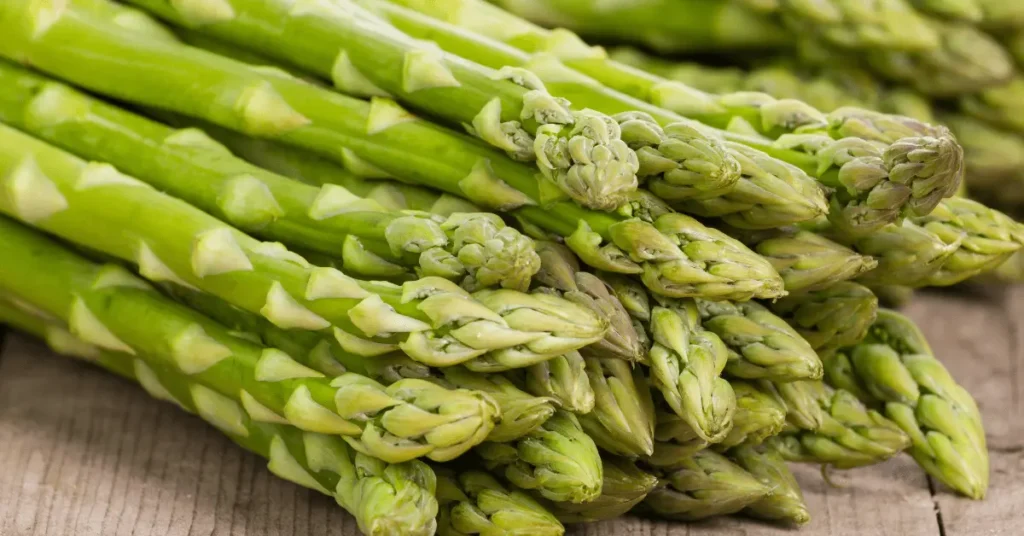
2. Broccoli:
Broccoli boasts a clustered, tree-like appearance in its green vegetable form. Broccoli is a flexible and nutritious vegetable. You can boil, roast, or stir-fry broccoli or add broccoli to salads and soups to make them taste different. People who want more healthy vegetables choose this variety because of its unique taste and crunchy texture.
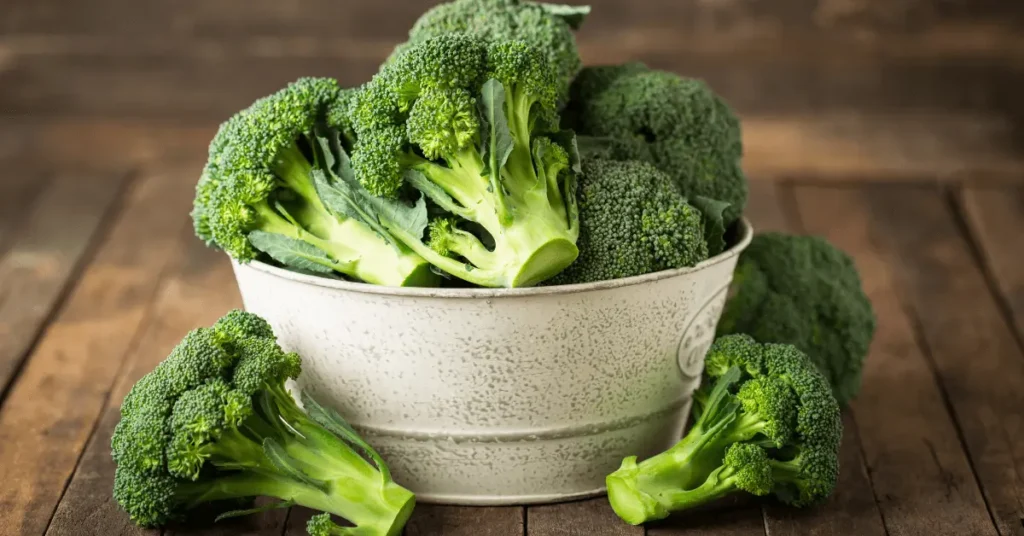
3. Brussels sprouts:
Brussels sprouts are a type of small green cruciferous vegetable that looks like a mini cabbage. Although minor, they contain excessive levels of vitamins C and K, fiber, and antioxidants. Brussels sprouts have a barely nutty and earthy flavor. Not only are these little greens tasty, but they also offer essential vitamins and help your digestion. Adding Brussels sprouts to your food will increase their nutritional value and variety.
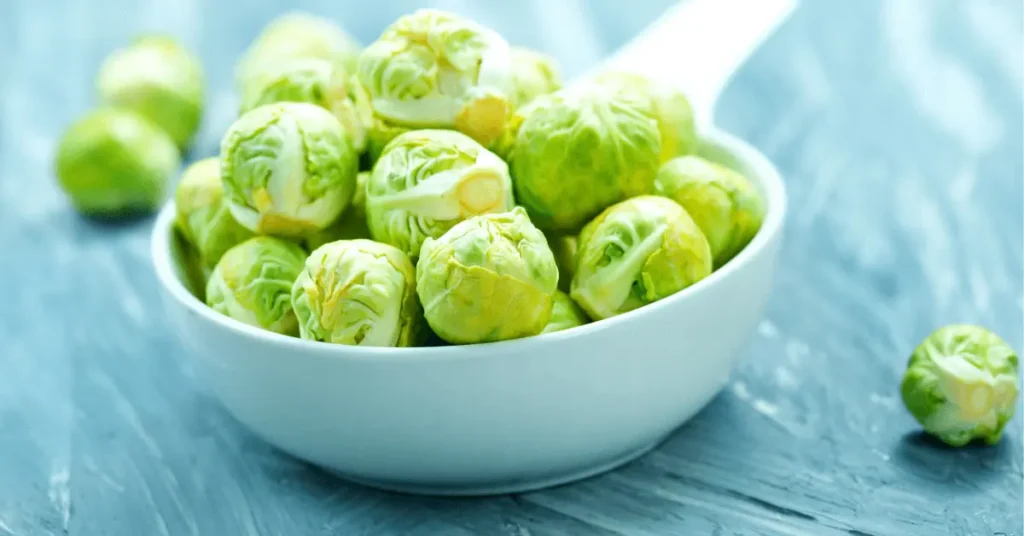
4. Cucumbers:
As a member of the gourd family, cucumbers are crisp and watery vegetables. Cucumbers are a healthy snack in salads and sandwiches because of their mild, refreshing taste. They are low in calories but excessive in hydration; they’re hydrating and nutritious. Additionally, cucumbers offer nutrients and antioxidants, which contribute to skin health.
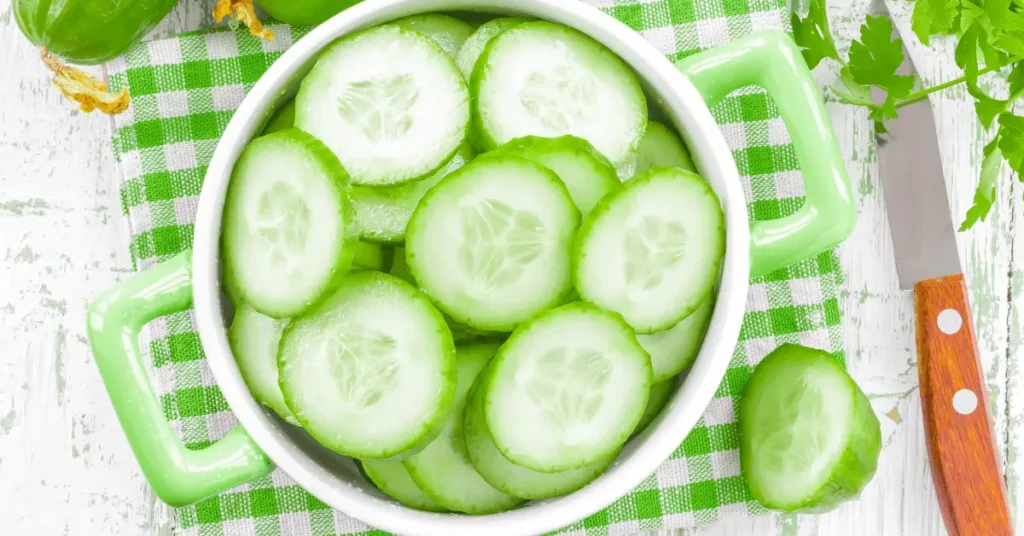
5. Green beans:
Green beans that belong to the legume family. These crisp and slender pods are a famous vegetable in many cuisines. You can preserve their crunch and color by steaming and stir-frying green beans without losing nutrients. Green beans are rich in protein, vitamins, fiber, folate, and minerals. Green beans’ nutritious and flavorful taste makes them an excellent addition to many dishes.
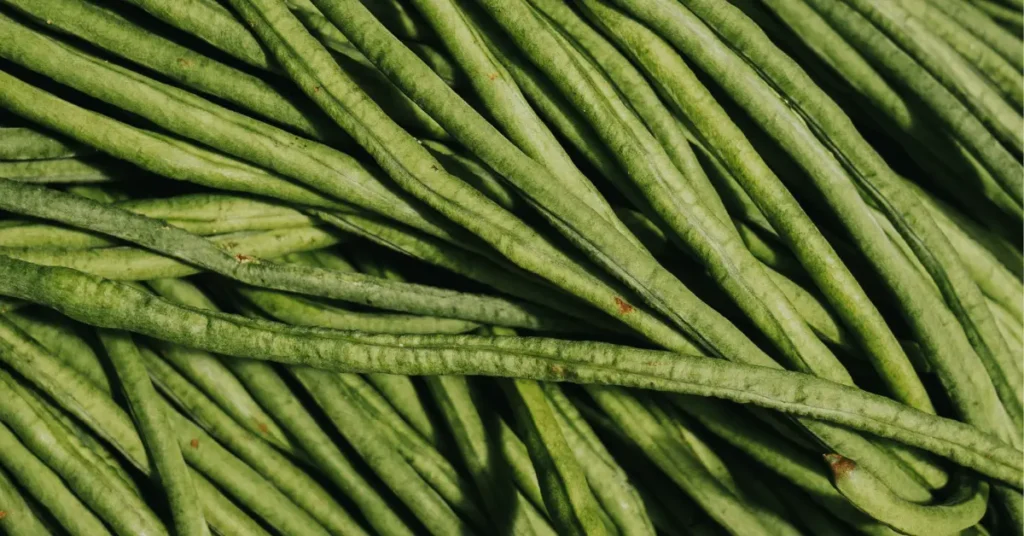
6. Green chili pepper:
Farmers harvest green chili peppers before they fully ripen and transform into their red hue. They are usually smaller and often more intense than their fully ripened counterparts. Green chili peppers vary in heat level and taste, ranging from mild to spicy. Chefs use green chili peppers in various dishes to infuse heat and flavor. These peppers are vital in many sauces, salsas, and highly spiced dishes, whether uncooked, cooked, or dried.
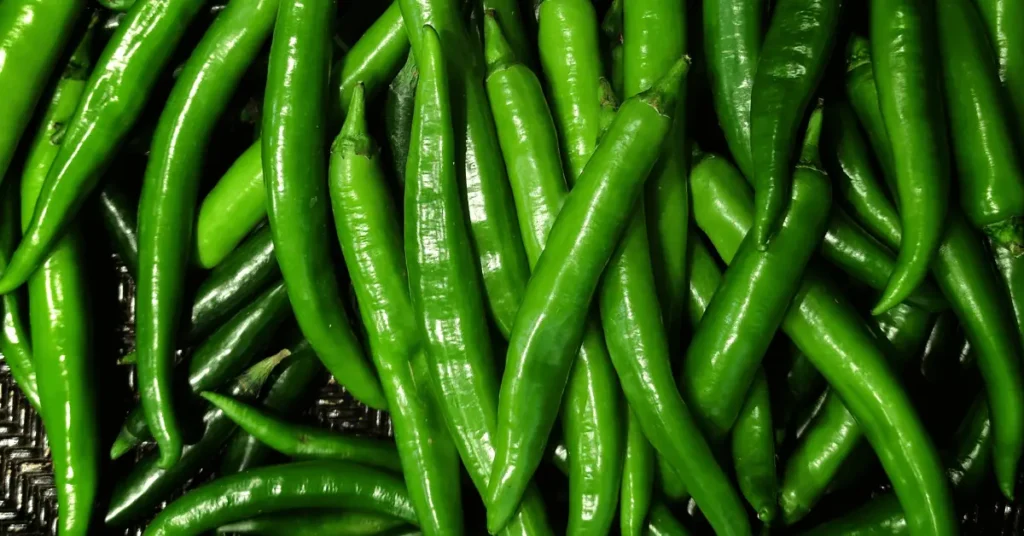
7. Okra:
Okra is an economically vital vegetable crop grown in tropical and subtropical parts of the world. Okra, also called “lady’s fingers,” is a flowering plant with edible green seed pods. Okra pods are long and tapering, usually green in color. It has a mild, somewhat grassy taste. Okra is a multipurpose crop because of its numerous uses of fresh leaves, buds, flowers, pods, stems, and seeds.
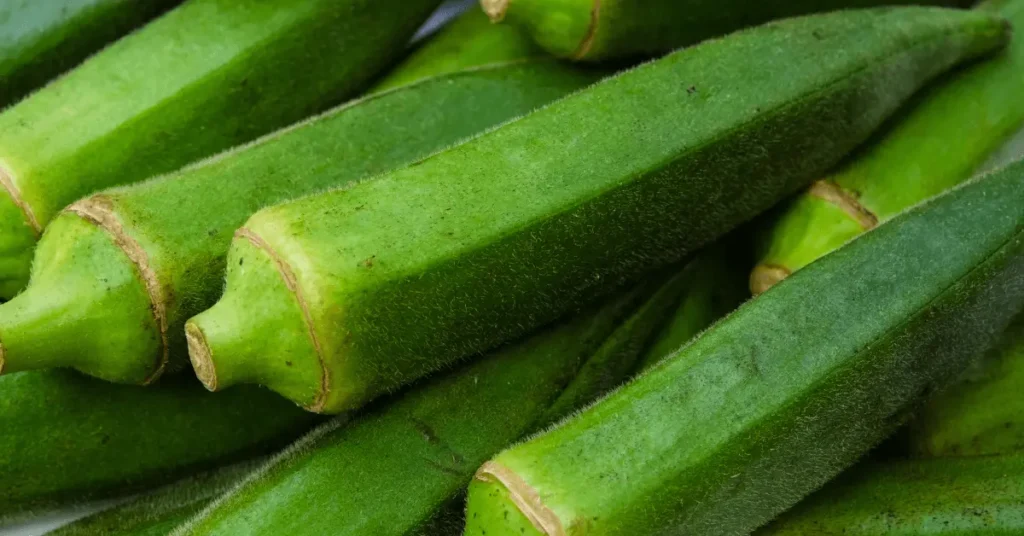
8. Peas:
Peas are a legume and a common vegetable used in numerous cuisines worldwide. There are several kinds of peas, which include green peas (additionally called garden peas), snow peas, and snap peas. Green peas are the most commonly eaten variety. Green peas are small, round, and green. Peas are a good source of plant-based protein, fiber, and essential vitamins and minerals like C, K, and folate. They also are low in fats and energy, making them a healthful addition to any weight-reduction plan.
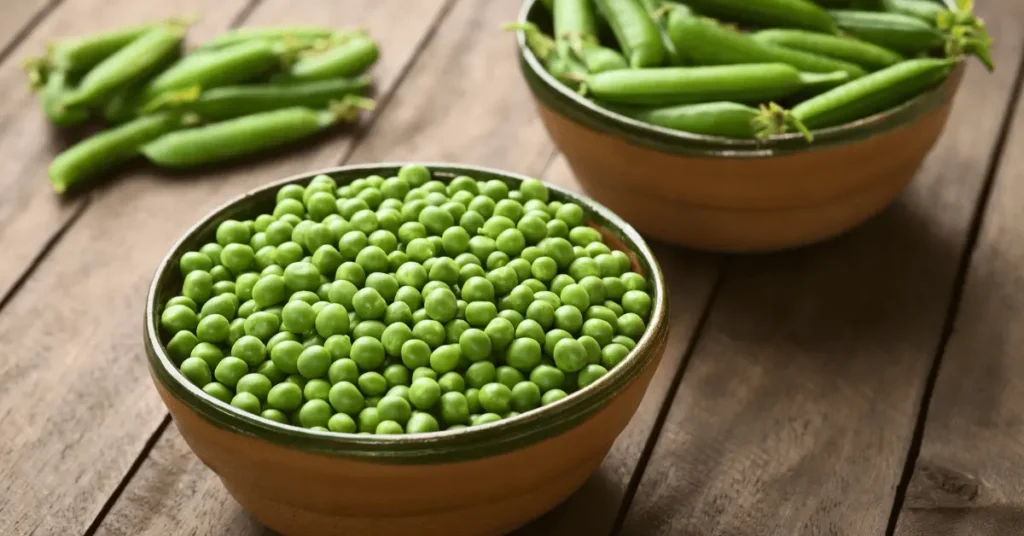
9. Zucchini:
Zucchini, also called courgette in a few regions, is a flexible and broadly used summer squash. Zucchini is commonly elongated, cylindrical, and green in color, although it can also come in yellow or mild green varieties. It usually has smooth skin and firm flesh. Zucchini is low in calories but excessive in water and fiber. It also carries tremendous amounts of vitamins (like vitamins C and B6) and minerals (like potassium and manganese).
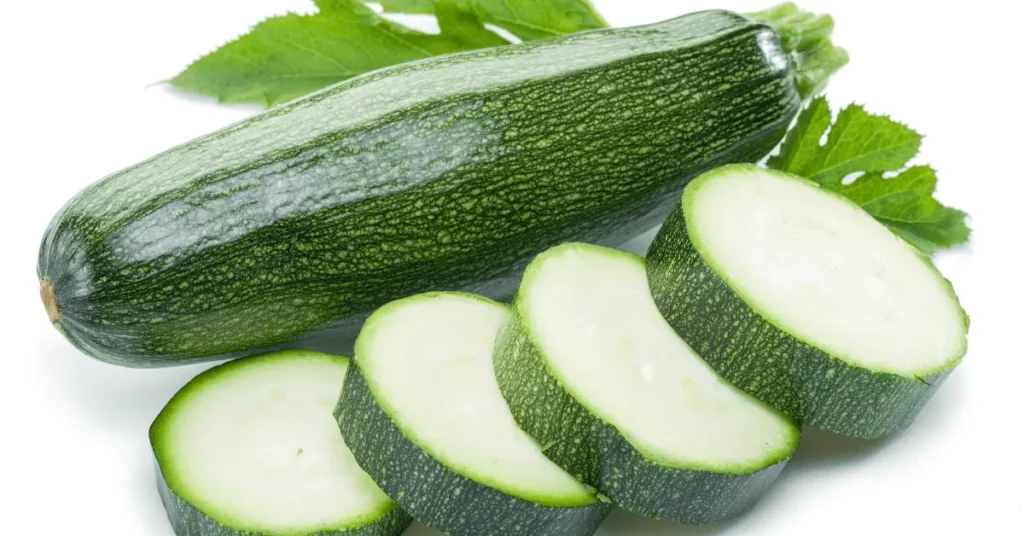
10. Coriander:
Coriander, Chinese parsley, is an aromatic herb in culinary traditions worldwide. It comes from the plant Coriandrum sativum. Coriander leaves, often known as cilantro, have a vibrant, citrusy flavor. They are regularly used fresh in dishes like salsas and salads and as a garnish on various foods. It may also aid in reducing blood sugar, preventing infections, and enhancing coronary heart, brain, skin, and gut health.
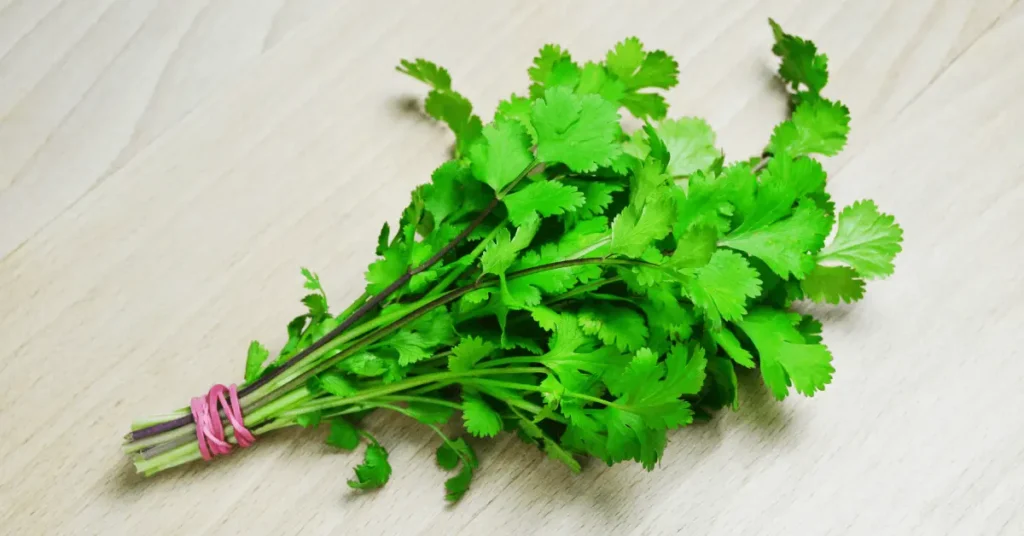
11. Mint:
Mint, a famous herb known for its unique aroma and fresh flavor, belongs to the genus Mentha. People broadly utilize it in culinary, medicinal, and beauty applications. An excellent, refreshing taste and a robust and pleasant aroma characterize mint. Mint eases indigestion and alleviates signs and symptoms of irritable bowel syndrome (IBS), making it known for its digestive benefits. It also has anti-inflammatory and antimicrobial properties.

12. Cabbage:
Cabbage is a leafy green, red, or white biennial plant grown as an annual vegetable crop for its dense-leaved heads. It belongs to the Brassica family, along with broccoli, cauliflower, and kale. Regular cabbage improves digestion, reduces inflammation, and lowers the hazard of diseases, including coronary heart disease and certain cancers. Additionally, it is known for its high vitamin C content.

13. Parsley:
Parsley is a famous herb known for its bright, fresh flavor and is widely used in cooking and as a garnish. It belongs to the family Apiaceae and is native to the Mediterranean region. There are two main types of parsley: flat-leaf (Italian) and curly-leaf.
Flat-leaf parsley tastes better, even as curly-leaf parsley is milder and regularly used as a decorative garnish. Parsley is rich in vitamins A, C, and K and contains antioxidants and essential oils with health-selling properties. It’s also a good source of minerals like iron and potassium.
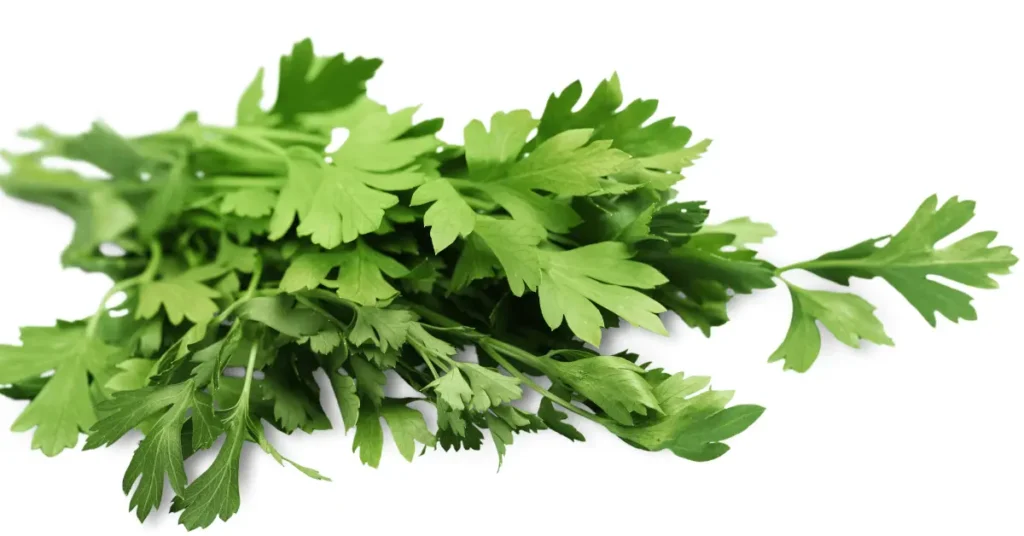
14. Perilla:
Perilla, also known as shiso in Japanese cuisine, is a herb belonging to the mint family, Lamiaceae. Asian cooking, particularly in Korean, Japanese, and Vietnamese cuisines, widely utilized it. Perilla leaves have a unique taste, often defined as a combination of mint, basil, cinnamon, and anise.
It has a distinct, smelly, and somewhat grassy aroma. Perilla is rich in vitamins and minerals, which include calcium, iron, and vitamin A. It also contains omega-3 fatty acids and antioxidants.
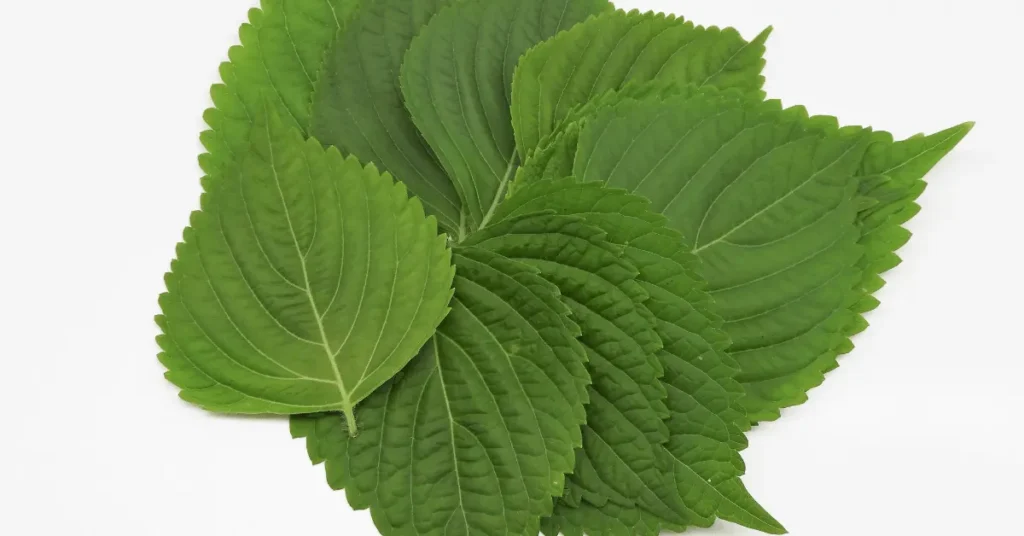
15. Bitter Melon:
Bitter Melon is also known as sour gourd or karela. It is a tropical and subtropical vine of the Cucurbitaceae family, widely grown in Asia, Africa, and the Caribbean for its edible fruit. Bitter melon has a distinctive warty outside and an oblong shape. The fruit is usually green, which turns to yellow as it ripens. Bitter melon is low in calories but high in several vital nutrients, which include fiber, vitamin C, and vitamin A.

16. Edamame:
Farmers harvest young, green soybeans before they ripen, naming them edamame. The pods are fuzzy and slightly bumpy. As a snack, edamame is usually boiled, steamed, and sprinkled with salt. It’s also good in salads, stir-fries, soups, and dishes. The beans are commonly squeezed out of the pod directly into the mouth to consume. No one eats the pods themselves.

Green Vegetables You Can Eat Raw:
Incorporating green vegetables into your weight-reduction plan is incredibly easy and beneficial, especially since many are perfect for consuming raw. Here’s a guide to some of the great green vegetables you can enjoy without cooking:
Salad Greens:
It includes romaine lettuce and arugula, the foundation of many fresh salads.
Baby Greens:
Tender and nutritious options like baby spinach and Swiss chard add variety and nutrients to your food.
Herbs:
Fresh herbs, including parsley, cilantro, and mint, add an intense taste and a nutritional punch.
Broccoli:
Raw broccoli florets make for a crunchy and healthful snack, especially when paired with dips like hummus or a light salad dressing.
Green Bell Peppers:
Their crisp texture and slightly sweet flavor make them ideal for snacking, salads, and as a crunchy addition to numerous dishes.
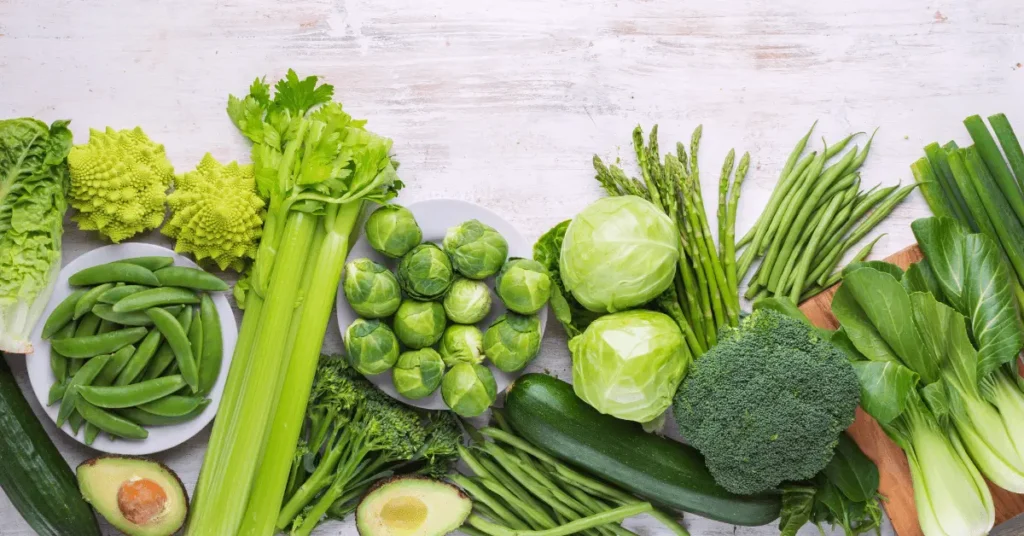
Cucumbers:
The fresh flavor of cucumbers makes them great for salads, sandwiches, or snacking.
Peas:
Fresh green peas may be a sweet and crunchy topping for salads and dishes, improving their ordinary taste. These uncooked green veggies are delicious and contribute vital vitamins to your weight loss plan.
Conclusion:
Green vegetables are critical to a healthy diet, providing a rich supply of vitamins, minerals, and fiber. In both cooked and raw meals, they provide nutrients and flavor. Many green veggies, like spinach, kale, and broccoli, are rich in antioxidants, which can help you stay fit. With their variety of recipes, from salads to smoothies, they are suitable for various culinary preferences. Regular consumption of green veggies improves digestion, heart health, and average well-being.

